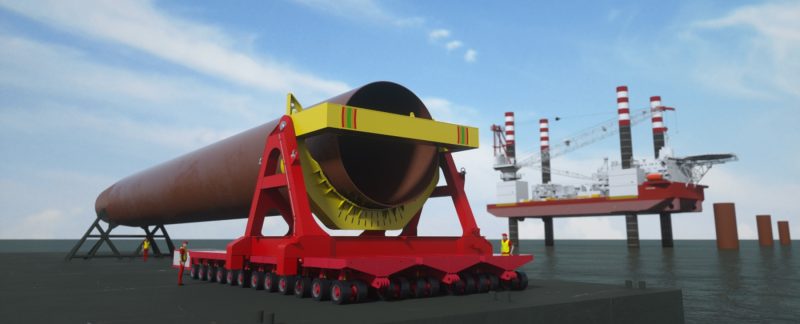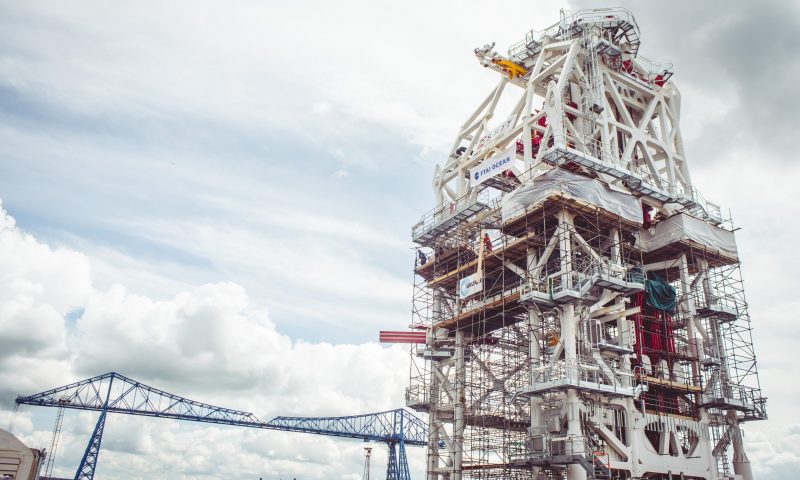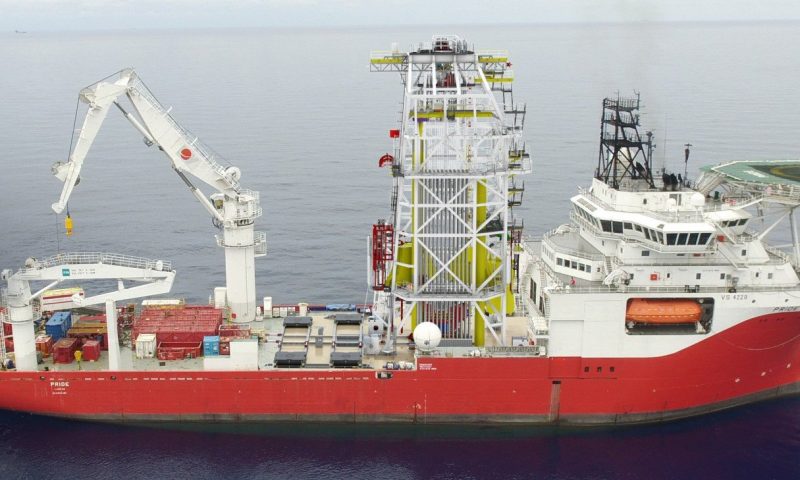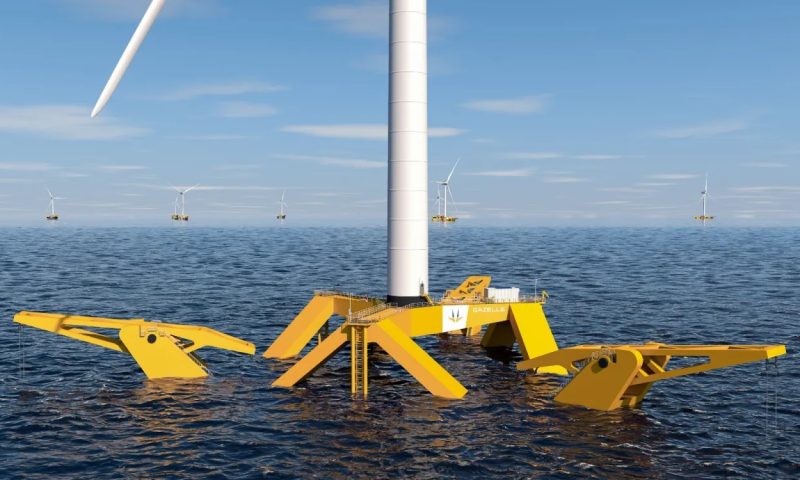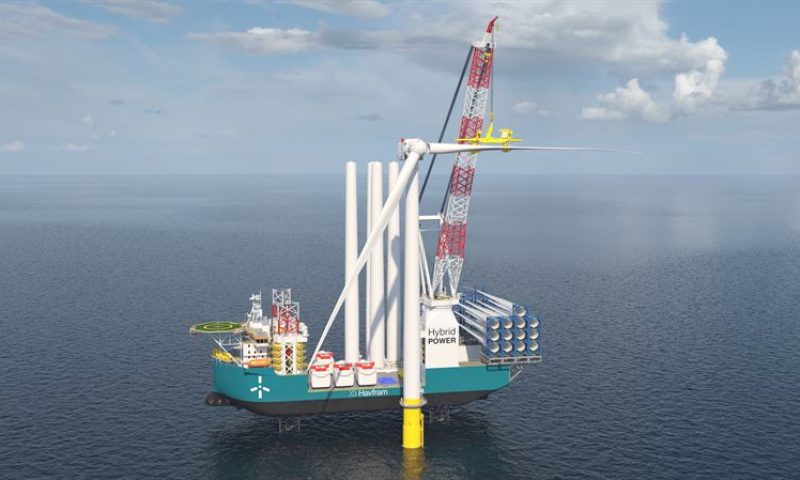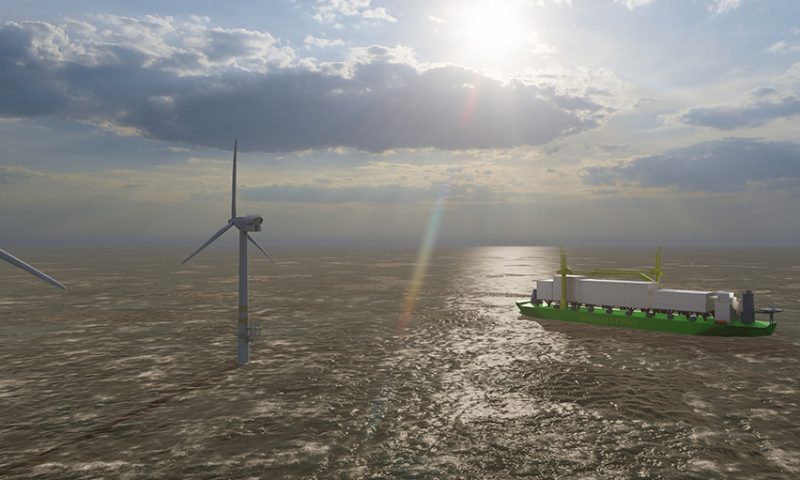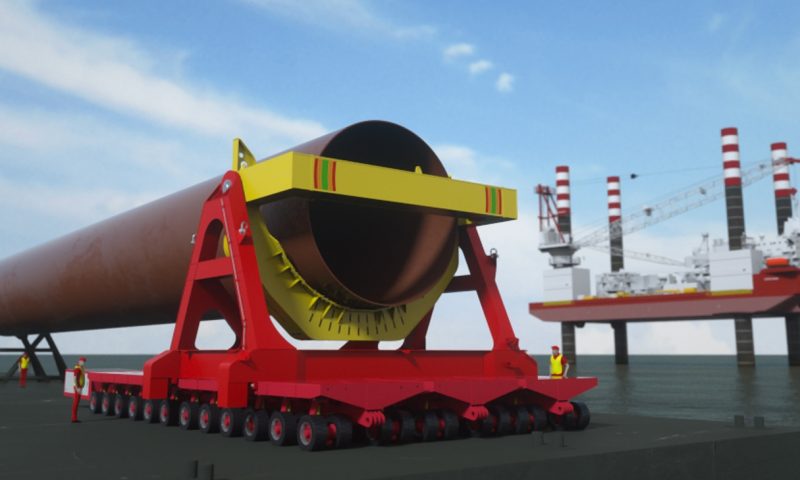
Osbit to Deliver Monopile Upending Tool for Seajacks
Offshore equipment supplier Osbit has secured a contract with Seajacks to design and build a monopile upending bucket, to be used by the vessel operator in its offshore wind turbine installation projects.
The system will initially support the development of the large-scale, bottom-fixed Akita and Noshiro Offshore Wind Farms in Akita Prefecture, part of Japan’s renewable energy expansion being developed by Akita Offshore Wind Corporation (AOW), with Kajima Corporation as the project’s EPCI contractor.
The monopile upending tool will be installed on Seajacks Zaratan vessel and has been optimised to suit the monopile diameter for the wind farm project.
The pile upending system will be mounted on self-propelled modular transporters to extend the capacity of the vessel’s existing 800 tonne crane, enabling more efficient offshore pile driving. A simple and robust control system has been incorporated into the design, in response to the need for reliable performance in a high-pressure offshore environment.
Key components for the Osbit design will be manufactured in the UK, with final assembly taking place in Singapore, to suit client requirements. The project is underway, and delivery is planned for Q1 2021.
Osbit Engineer Phil Pennington, who led the firm’s technical bid, said: “Seajacks has specific goals for this project, to make more possible with their existing installation vessel. Osbit’s track record in delivering efficient and reliable equipment tailored to our clients’ requirements makes us a good fit for them.
“We’ve used our significant experience in monopile installation and offshore handling to suit the specific requirements of this project. We are now working closely with Seajacks to deliver the project On Spec, to Budget and In Time.”
Seajacks’ Engineering Superintendent, Andrew Garrod, adds: “We are pleased to be building on our existing relationship with an innovative UK based supplier to develop a key piece of equipment to support our installation activities.”
